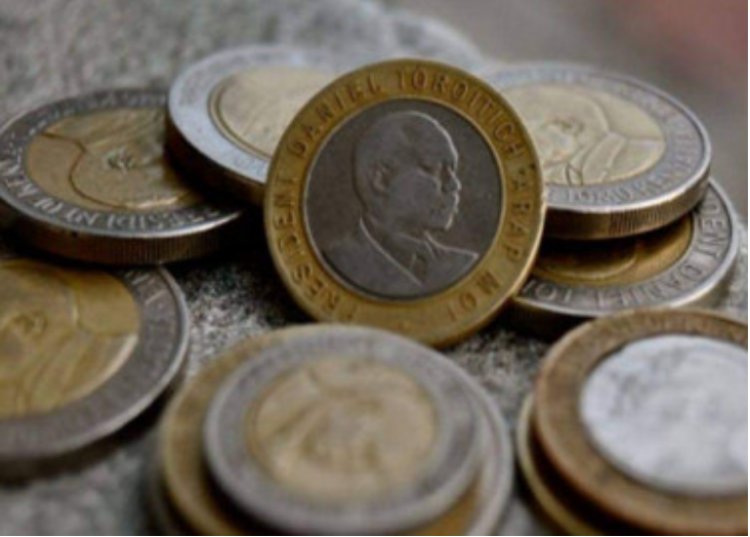The Kenyan shilling Has Dropped Below The Ksh.115 Mark Against The US Dollar
The Kenyan shilling has slid past the Ksh.115 barrier versus the US dollar, as the local currency continues to fall.

According to Central Bank of Kenya (CBK) figures, the local unit was quoted trading at Ksh.115.05 at the start of trade on Friday, having closed Thursday slightly shy of the mark.
A stronger dollar versus other international currencies continues to put pressure on the local economy, as does a widening current account deficit (CAD), which has been linked to a higher import bill due to high fuel prices.
Despite the unit's recent weakness, which has seen it lose roughly 2% year to date, the Central Bank of Kenya (CBK) has remained calm, saying that the currency remains broadly in line with regional peers.
"In 2022, the dollar index has risen by 3.2 percent, which is a big increase. We have depreciated by around 1.3 per cent, in line with the other currencies. On Wednesday, CBK Governor Dr Patrick Njoroge stated, "We are feeling alright in terms of our operations in the Forex market."
At the same time, the reserve bank claims that there is enough liquidity in the currency market while also implying that it is on the lookout for inappropriate activity by market participants that could skew the market's functioning.
"There is FX liquidity in the market," Dr Njoroge continued, "and we continue to examine the market to ensure correct behaviour as is required in managing these markets."
The Governor's remarks come after the Reserve Bank of Kenya imposed sanctions on Eco bank Kenya Limited earlier this week for what it called "irregular FX trading."
The lender has been temporarily barred from trading foreign exchange due to a breach of foreign exchange exposure limitations, according to the CBK.
Analysts have backed with CBK's assessment of the shilling's relative stability, predicting that the unit will not depreciate significantly in the foreseeable future.
"Historically, the local currency has been very resilient and stable against the US dollar when compared to other currencies in East Africa over the last 10 years," EFG Hermes Head of Frontier Research Kato Arnold Mukuru said. "However, we believe we are entering a stage where we will see an annual depreciation of between three and five per cent."
The local currency is expected to stay under pressure from cost pressures but should find support from stable core inflation, which has remained well below 3% in recent months.

























